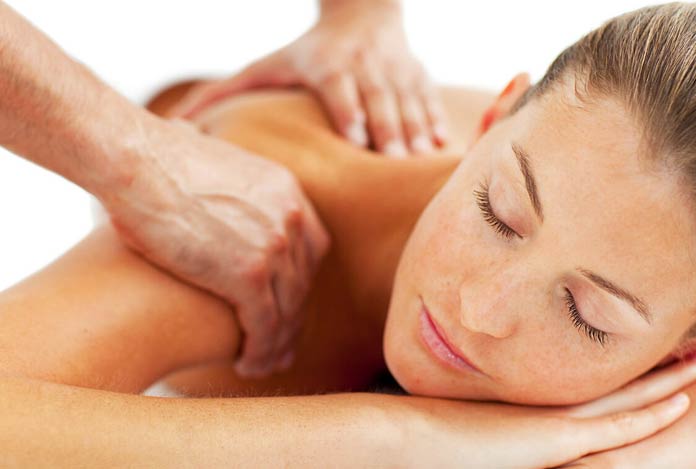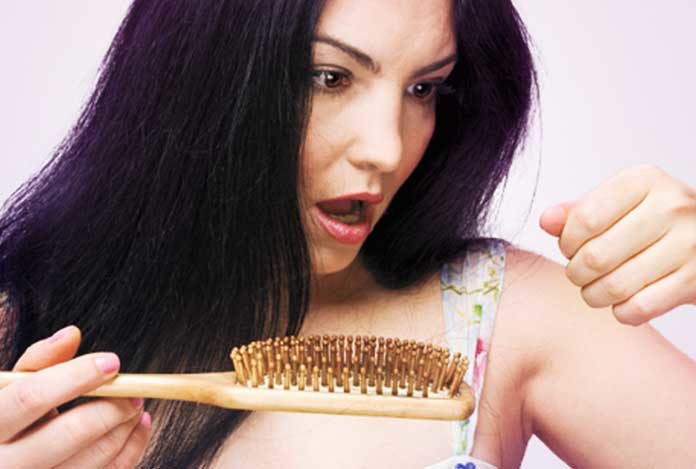
Also known as alopecia or baldness, hair fall is characterized by loss of hair from the head and other body parts. There can be a variety of reasons behind hair loss. Baldness can cause psychological distress as well. Most of us suffer from this problem at some point of life and it can lower our self confidence in a matter of seconds.
We always envy a person with healthy and beautiful hair. Every one of us wants to flaunt beautiful, healthy hair in front of others, but sometimes, several environmental and medical conditions restrict us doing so.
Majority of us suffer from damaged, dried, thin or rough hair problem. And to get rid of the same, we start to look out for various remedies and treatments, but most of the time, end up being puzzled. Luckily, hair fall before age is treatable with various natural remedies as well as medicines and procedures. But, before moving on to its cure, let’s discuss the symptoms of baldness.
Symptoms of Hair Fall
Some common symptoms of alopecia or hair fall are as follows:
- Excessive hair loss, i.e., more than 150 strands of hair per day
- Hair shedding from some other parts of body
- Hair thinning, especially on the scalp
- Hair patches
- Exposure of head crown with hair loss. Appearance of ‘M’ shaped pattern on the forehead due to hair loss
- Shedding of hair from all over the body
- Excessive hair loss while washing hair
- Clumps of hair on the pillow
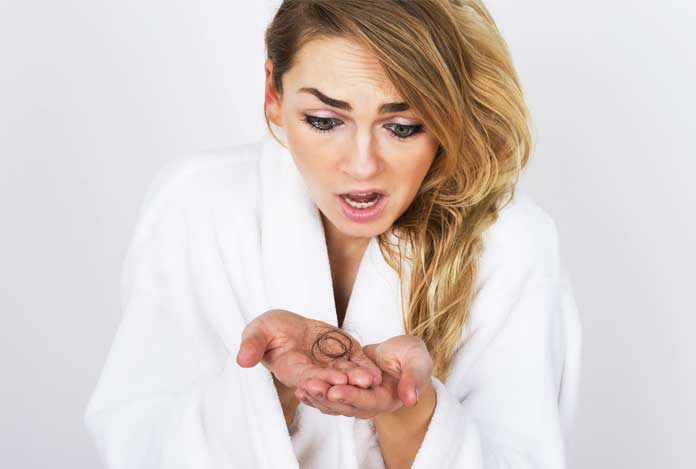
Treatment of Hair Loss
There could be many factors responsible for hair loss. A dermatologist is just the right person to find out the root cause of hair loss and suggest specific treatments according to the causative factor and severity of the condition. It is advised to seek a treatment at an early stage, before you lose too much of hair. This is because, treatment is generally difficult at the later stage of hair loss.
Medicines:
Following medicines can be prescribed by a dermatologist to treat the problem of alopecia or hair fall.
- Minoxidil: It is the only hair regrowth product to have the approval of the U.S. FDA for treating hair loss in both men and women. It is applied topically on the scalp and is available as over-the-counter as well as prescription drug. It stimulates hair growth and checks hair thinning. A combination of minoxidil and some other treatment can be suggested by a dermatologist.
- Finasteride: It is an oral medication, which is known to reduce hair loss in men (around 88% of men). Finasteride has been approved by the FDA for treating hair loss in men. It restricts the production of dihydrotestosterone, a male hormone.
- Corticosteroids: It is available in the form of injection. It is injected into the scalp and recommended for the treatment of inflammation due to alopecia areata or spot baldness.
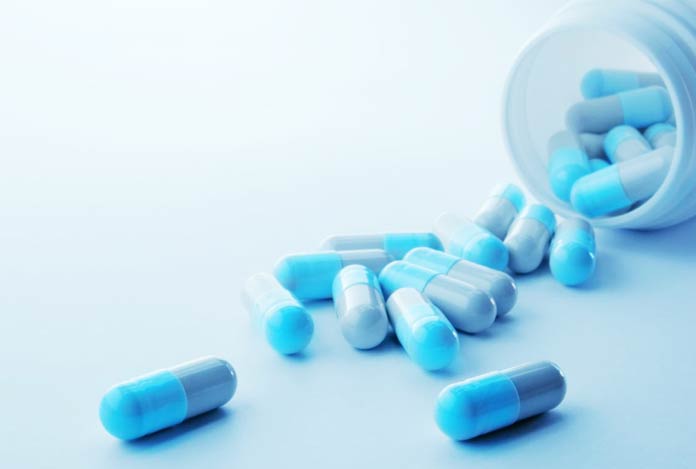
Procedures:
Different procedures are recommended by dermatologists based on how much hair have been lost by a sufferer. Sometimes, for optimum results, a dermatologist may recommend a combination of the following procedures:
- Hair Transplantation: In this, scalp’s skin with good hair growth is transplanted to the area, where the hair growth is scarce.
- Scalp Reduction: It is generally performed in conjunction with hair transplantation. In this technique, bald scalp is removed surgically, and hair-bearing scalp is stretched to take its place.
- Scalp Expansion: In this procedure, devices are inserted under the scalp skin and are kept there for several weeks. This can be done to stretch the hair-bearing regions on the scalp to reduces baldness. It can be performed before scalp reduction as it makes the scalp more relaxed.
- Scalp Flaps: In this surgical procedure, hair-bearing part on the scalp is moved and placed over the bald area.
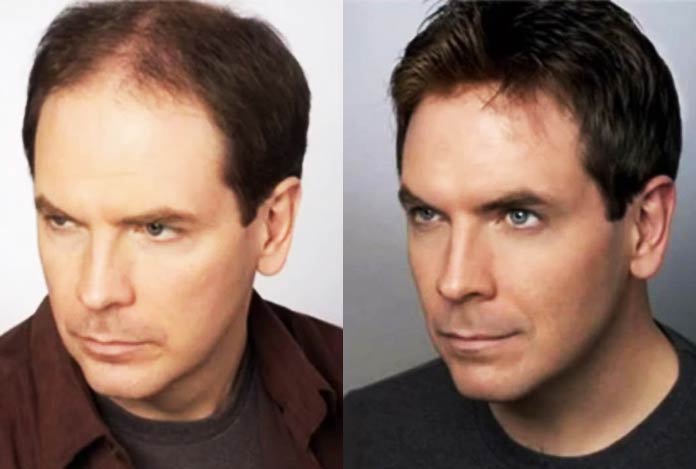
Natural Ways to Cure Hair Loss:
Home Remedies:
Following home remedies are considered beneficial in hair loss:
- Coconut Milk: Coconut milk is a rich source of vitamin E, proteins, essential oils and potassium; all of these are important for healthy hair growth. It helps moisturize hair and promote its growth.
- Aloe vera: It penetrates deep inside the scalp and helps maintain the normal pH level and thus, promotes hair growth.
- Indian Lilac: Indian lilac has antibacterial properties and works as an antidandruff agent. It makes the scalp healthy and nourishes hair roots by increasing the blood flow to the scalp and so, increases hair growth.
- Indian Gooseberry: Indian gooseberry is a rich source of vitamin C. Vitamin C is an essential element that strengthens hair and promotes its growth. It helps in iron absorption, which makes hair locks healthy and strong. Indian gooseberry also prevents early graying of hair.
- Greek Yogurt and Honey: Greek yogurt is a natural conditioner that contains vitamin B5 and proteins. Honey, on the other hand, has antibacterial properties. The mixt of two is very beneficial for hair growth and health.
- Licorice Root: It helps eliminate dandruff and soothe the scalp. It promotes hair growth by improving the scalp health.
- Beetroot: Beetroot is rich in all the nutrients necessary for hair growth like vitamin C, vitamin B, proteins, potassium and so forth.
- Onion Juice: It has high sulfur content and antibacterial properties. It promotes hair growth by increasing the blood supply to hair follicles and eliminating bacteria that can cause scalp infection.
- Chinese Hibiscus: Chinese hibiscus is a rich source of vitamin C, riboflavin and phosphorus; all of which are essential for hair growth and health.
- Lemon Juice: Lemon juice can work as an astringent. It contracts the pores and reduces hair fall. It works best on oily hair.
- Henna: Henna is an excellent hair conditioner and help in strengthening the hair.
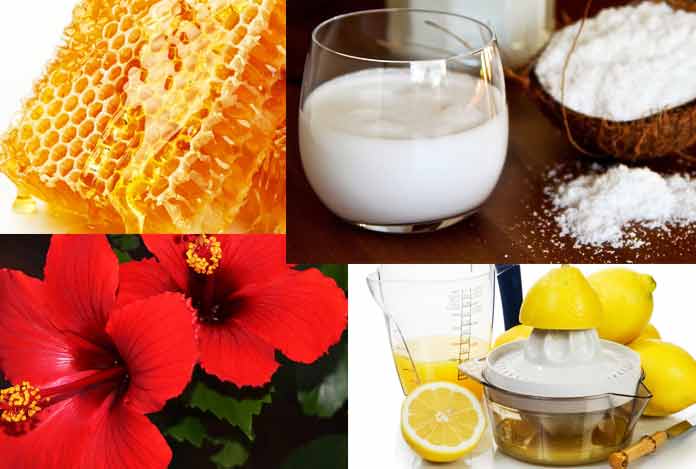
Foods that May Help:
Following food items can be included in one’s daily diet to manage hair loss:
- Carrot: Apart from the eyes, carrot nourishes the scalp as well. A healthy scalp is necessary for healthy hair.
- Prunes: If you suffer from premature graying, dryness and thinning of hair, this may be because of lack of iron in your body. Prunes are rich in iron and can help you get rid of these hair problems.
- Green Peas: Green peas contain vitamin B and minerals like zinc and iron in balanced proportions. These nutrients are essential for maintaining healthy hair.
- Oats: Oats contain polyunsaturated fatty acids. These help maintain skin health, and supports hair development and growth.
- Walnuts: Walnuts are hair’s best friend. They are rich in omega-6 fatty acids, vitamin B, iron, zinc and protein. However, they also contain a little amount of selenium, which can cause hair loss.
A balanced diet having fruits, lean proteins, legumes, fatty fish, vegetables are good for scalp health.
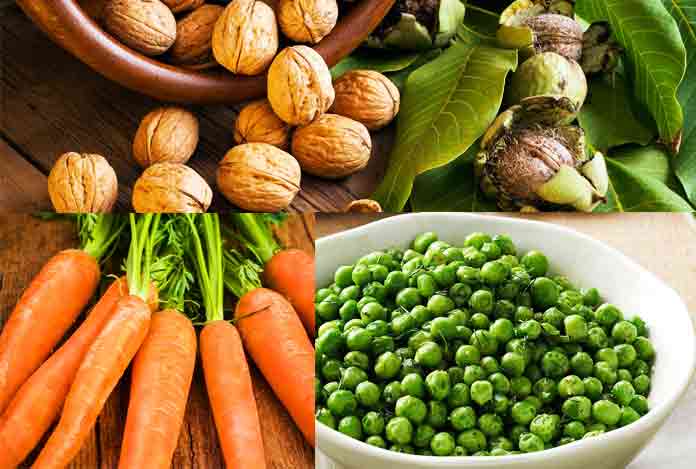
Other Treatments
Laser Devices:
Laser devices are known to make hair more lively. Various hand-held devices like combs and brushes, emitting laser light, could stimulate hair growth.
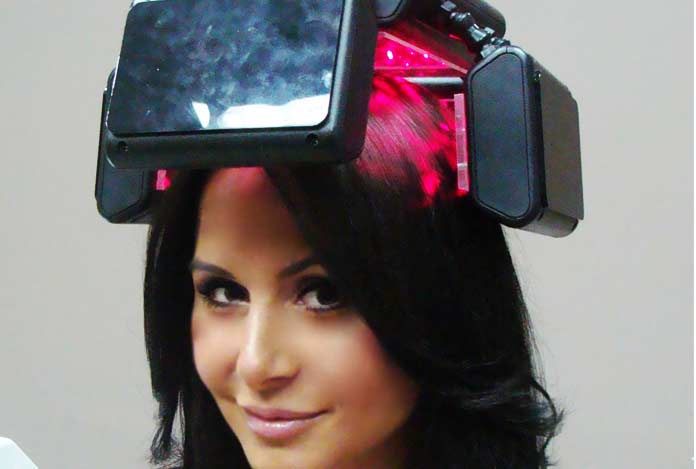
Yoga:
Various yoga asanas are known to reduce hair loss. Some of the major yoga poses or asanas for treating hair loss are utthanasana, vajrasana, sarvangasana, sasangasana, ustrasana, matsyasana and adho mukha shvanasana.
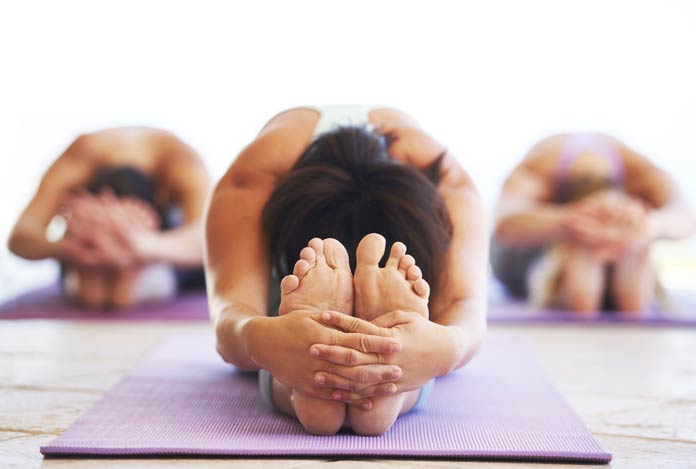
Acupressure:
There are numerous pressure points that can help stimulate hair growth. The most prominent among them is “Paihui” spot. It is located on the head. Massaging this point enhances the supply of blood and oxygen to the hair follicles. This pressure point should be rubbed and stimulated several times a day to promote healthy hair growth.
